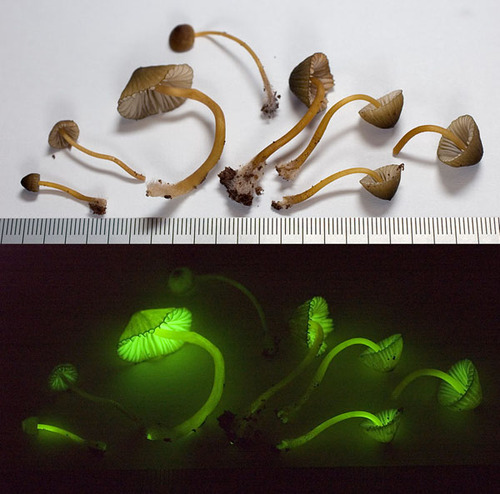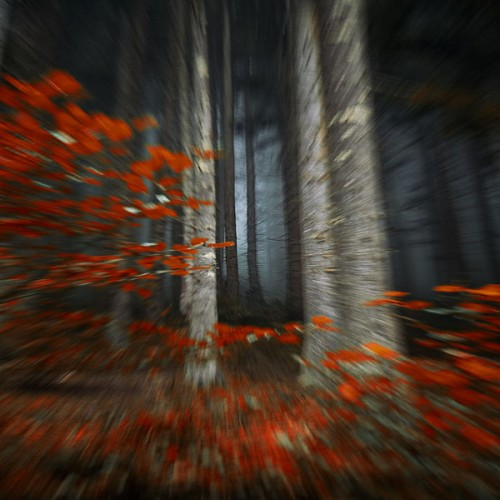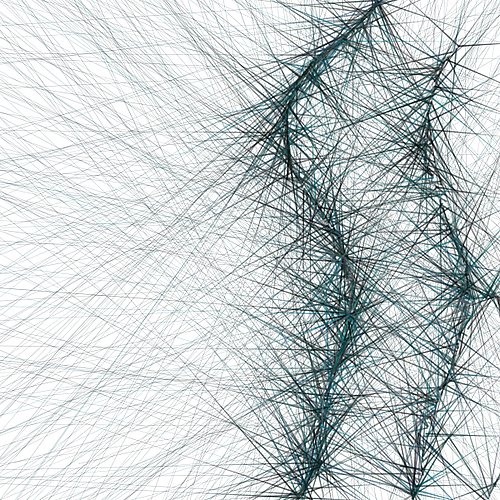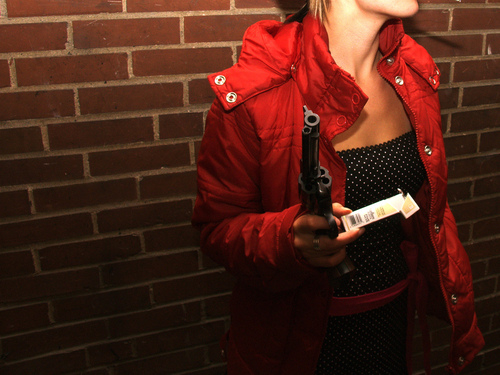Pirates of the Amazon Abandon Ship
Dutch students “release a Firefox extension that made it easy for people who were browsing books, music and movies on Amazon to download the same products free through the Pirate Bay, the illicit BitTorrent site.”
Amazon serves a take-down notice. Students comply.
Student defend their work as parody:
“[Amazon and the Pirate Bay] might look like opposites, but are actually quite similar in regards to the mainstream media content they provide. Our project demonstrated this practically. So it’s a parody of any kind of media consumerism, whether corporate or subcultural.”
The students weren’t hosting or providing pirated media. They were pointing the way. Will this eventually lead to world governments enacting legislation that limits certain types of linking on the net? Might it eventually be illegal for me or Google to link to the Pirate Bay?
Source: tnyt







